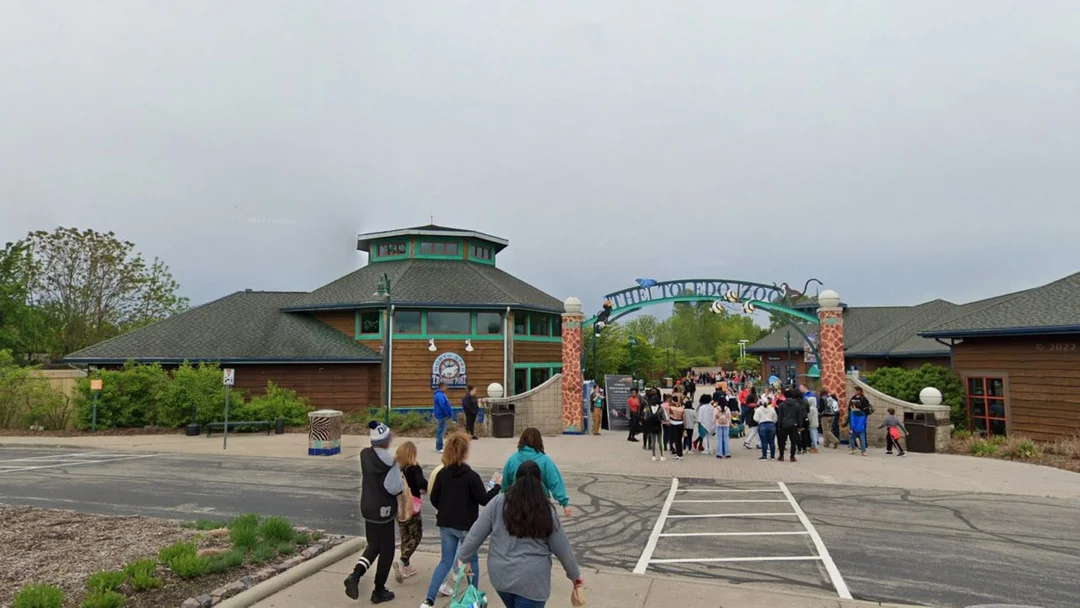
Toledo Zoo Receives Grant To Enhance Accessibility For All
In a significant move towards inclusivity, the Toledo Zoo & Aquarium has recently announced the receipt of three grant awards aimed at expanding accessibility initiatives at the facility. These grants, totaling $15,740, come from Community Fund Ohio and represent a vital step forward in promoting inclusivity for all visitors, regardless of physical ability.
The allocated funds include a variety of targeted efforts. A notable $1,500 grant will provide access to the Aira Visual Interpreting Aide for a full year. This innovative service connects blind and low-vision visitors to trained agents through smartphones, allowing them to navigate the zoo with enhanced understanding of exhibits and surroundings.
Additionally, a major portion of the funding, $9,240, will be directed toward the Advocates for Disabilities and Partners Team ZOOTeen initiative. This initiative focuses on providing specialized volunteer training to empower teens with disabilities to actively participate and connect within the community. By nurturing young advocates, the Toledo Zoo is fostering a future where inclusivity is the norm rather than the exception.
Finally, $5,000 from the grant will facilitate the availability of 125 scooter rental vouchers for the year 2025. This service aims to provide increased mobility options for visitors who may need assistance navigating the expansive zoo grounds.
Reflecting on the significance of these grants, Jill Fowler, Executive Director of Community Fund Ohio, emphasized, “We’re proud to support the Toledo Zoo’s commitment to making its spaces more inclusive and welcoming to individuals of all abilities. Each of these projects represents meaningful action to increase community access. This is the kind of impact we aim to support through Community Fund Ohio grants.”
The grants signify not just monetary support, but a broader commitment to inclusivity, advocating for an environment where everyone can experience the wonders of wildlife and nature. This development at the Toledo Zoo is a heartening reminder of how organizations can work together to break down barriers, making nature accessible to all.
As we celebrate these efforts, it prompts the question: How can other zoos and wildlife organizations follow suit in prioritizing accessibility for their visitors? We encourage readers to share their thoughts and experiences with accessibility initiatives in the comments below.